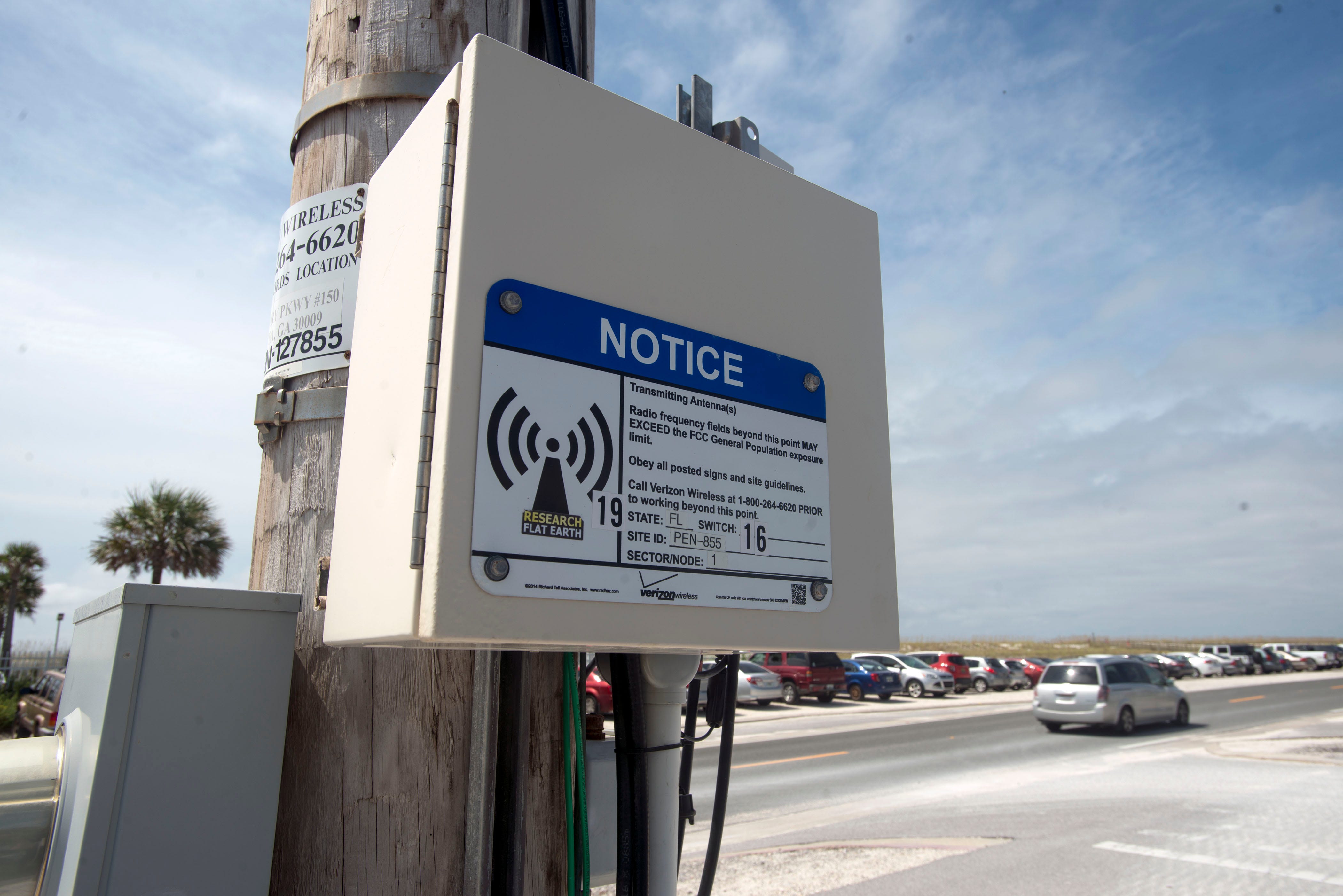If you've ever wandered through a town and spotted tiny mini 5G cell towers on the poles of street lights. They appear like tiny boxes however, they're actually transmitting wireless signals from cellular providers to your phone.
They are replacing the larger, purpose-built cell towers. While they're not as noticeable, they still can create problems for those who live nearby.
The Federal Communications Commission's Radiation Exposure Thresholds
The FCC's Radiation Exposure Thresholds establish the maximum amount of time one can expose to electromagnetic radiation from wireless devices. what is a safe distance from a cell tower are based upon scientific research which show that the energy of RF could be harmful to human health.
The absorption rate specific (SAR) is an indicator of the amount of radiofrequency energy absorbed by tissue. what is a safe distance from a cell tower 's typically 1.6 watts per kilogram, spread over a Gram of tissue.
However, because 5g transmits at higher frequencies this could be able to cause greater energy intensity on the skin and other exposed body areas. This could result in various potential harms, including exacerbated formation of skin disorders such as dermatitis, cataracts, and skin cancer.
Due to the possible negative effects of 5G radiation, PSU has chosen to create a general maximum power density of four mW/cm2 based on the average on 1cm2, and not to exceed 30 minutes, for all 5G services running at 3000 GHz. This localized limit is consistent with the highest SAR spatial-average of 1.6 W/kg, averaged over one grams of tissues at six GHz.
The FCC's Maximum Exposure Thresholds for Maximum Exposure
If you've ever used a mobile phone, then you're aware that the safest location from the tower should be at least 400 meters. This is due to the transmitting power of the cell tower is significantly increased the further your location from the tower.

Although this may sound like a good idea but the truth is that those living close to towers might be more prone to health problems. For example, a study from 2014 in India found that residents living within 50 meters from cell towers suffered much more health problems than those living further away from the antennas.
But, the study found that people who moved to areas further away from the cell towers saw their symptoms return to normal within a couple of days. Studies have also shown that exposure to high amounts of electromagnetic field radiofrequency (EMFs) can cause brain tumors, cancers, and other health problems.
This is due to the fact that radiofrequency radiation, used for wireless communication, has the ability to penetrate the body's outer layer of skin. This is important to understand since the skin functions as a protective barrier against injury to the body, infection by pathogenic microorganisms, and the entry of harmful substances. Additionally, it is the largest organ in the human body and is responsible for maintaining the integrity of other organs.
The FCC's Minimum Exposure Thresholds for the Minimum Exposure
The FCC's Minimum Exposure Thresholds rely on a variety of assumptions that are not supported by scientific research. This includes the false assumption that short-term exposures to RF radiation are safe due to the limited radiation penetration in the human body (i.e. thermal heating of tissue).
The assumption also ignores the more extensive penetration of ELF elements of modulated radio signals and the effects of short bursts of heat from pulsed RF waves. These assumptions are not in line with the current understanding of biological consequences of RF radiation. Therefore they shouldn't be relied upon for health-protection exposure standards.
Furthermore, the ICNIRP and FCC restrict their limit of exposure to the local SARs based on the peak spatial specific absorption rate (psSAR) which is not a reliable dosimetric instrument for determining the level of exposure to RF radiation. Particularly the psSAR tool is not accurate when frequencies exceed 6 GHz. Furthermore, psSAR has not been evaluated for RF radiation with co-exposure to other environmental agents , such like sunlight. Interactions of RF radiations with different environmental agents could produce synergistic or antagonistic effects. This would result in an increased risk of negative health effects. For what is a safe distance from a cell tower , exposure to RF radiation and sunlight could increase the risk of developing skin cancer, and may also exacerbate other skin diseases such as acne.
